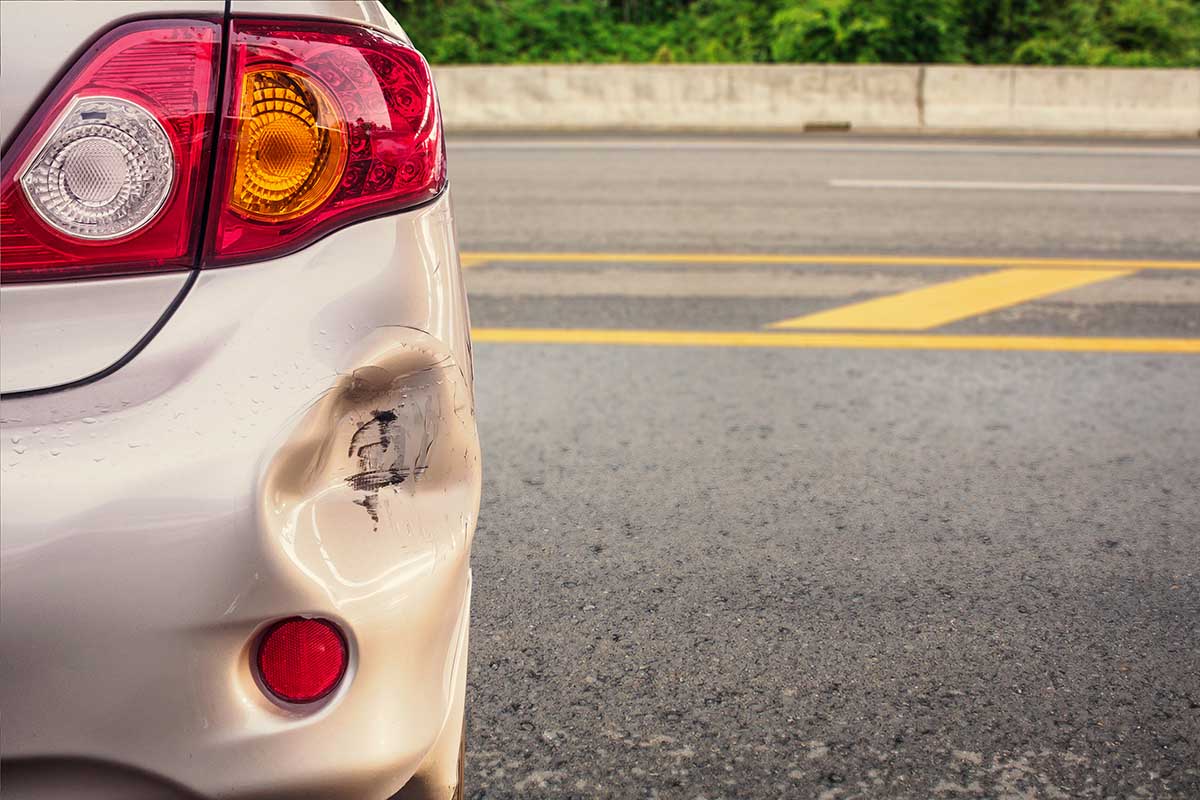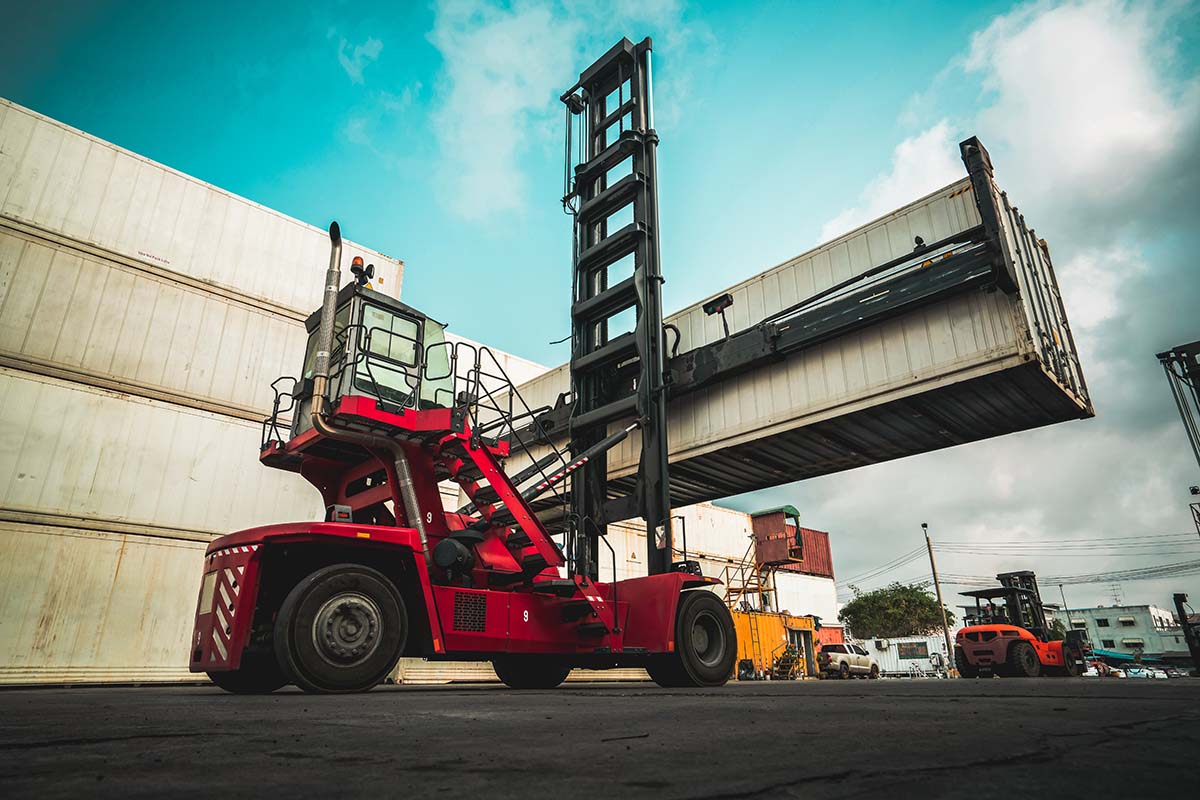Going On A Roadtrip? Don’t Forget To Check Your Car
Do you finally have the chance to take that summertime road trip you’ve been putting off? A long-distance road trip can wear out your automobile. Don’t forget to check your car before and after the journey! Here’s a checklist of all things you should try to tick off before cruising away.
Get An Engine Oil Change
Check your oil level and the date for the next oil change. If it’s almost time for a change, go ahead and change it before your trip. Look for the best type of motor oil for your car to keep it running smoothly.
You can measure the engine oil level using a dipstick. A long drive is likely to stress the engine. Note that adding extra oil will not work as well as getting an oil change. This is because the sludgy dregs will remain. If it’s been a while, try to change the oil filter too.
Check The Level Of Fluids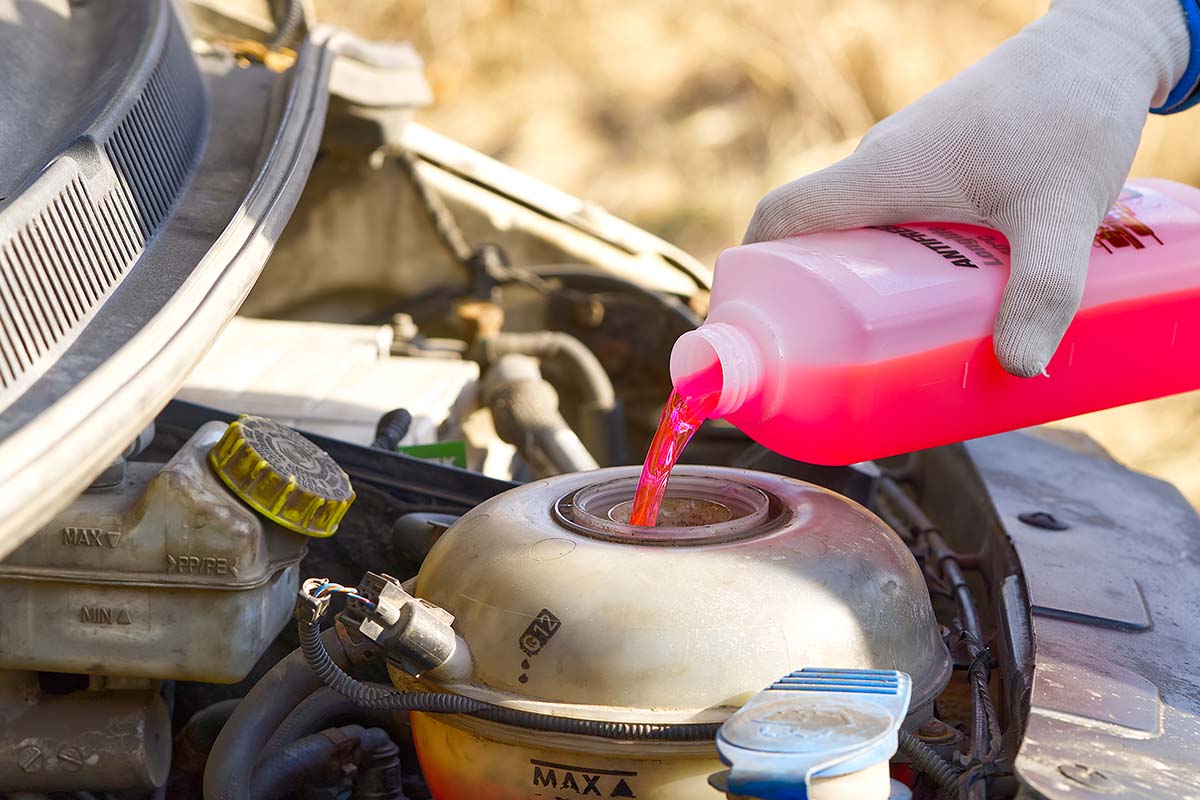
Don’t forget to check the level of various other fluids in your car. Check the coolant, windscreen wash levels, radiator, power steering, transmission, and brake fluids. This step may come across as arbitrary because they seldom give you problems, but the fluids play a crucial role in the car’s performance. Lubrication is important, especially if you’ve already put in a good number of miles. Your car will function more smoothly if all the parts are well lubricated.
Check Your Tires And Make Sure The Spare Is In Good Condition
Check your car’s tire pressure as well as tire tread. Over or under-inflated tires lead to issues like premature wear, overheating, and blowout. Use a gauge to make sure your tires have the perfect tire pressure and are ready to go. Overinflated tires may cause a tire blowout. Low tire pressure leads to fuel wastage, wear, and tear, and can increase the temperature of your tires.
You’ll want a 1/16” tread; if the tire shows anything less than 2/32”, use a new tire for the journey. Worn-out tires have a greater tendency to blow up during long trips. It is wise to learn how to change tires and carry a spare or Stepney in case of an emergency. Many companies like Sunway classic auto parts have custom-made spare parts that you should try to store in your car’s toolkit.
Going on a roadtrip: Check The Breaks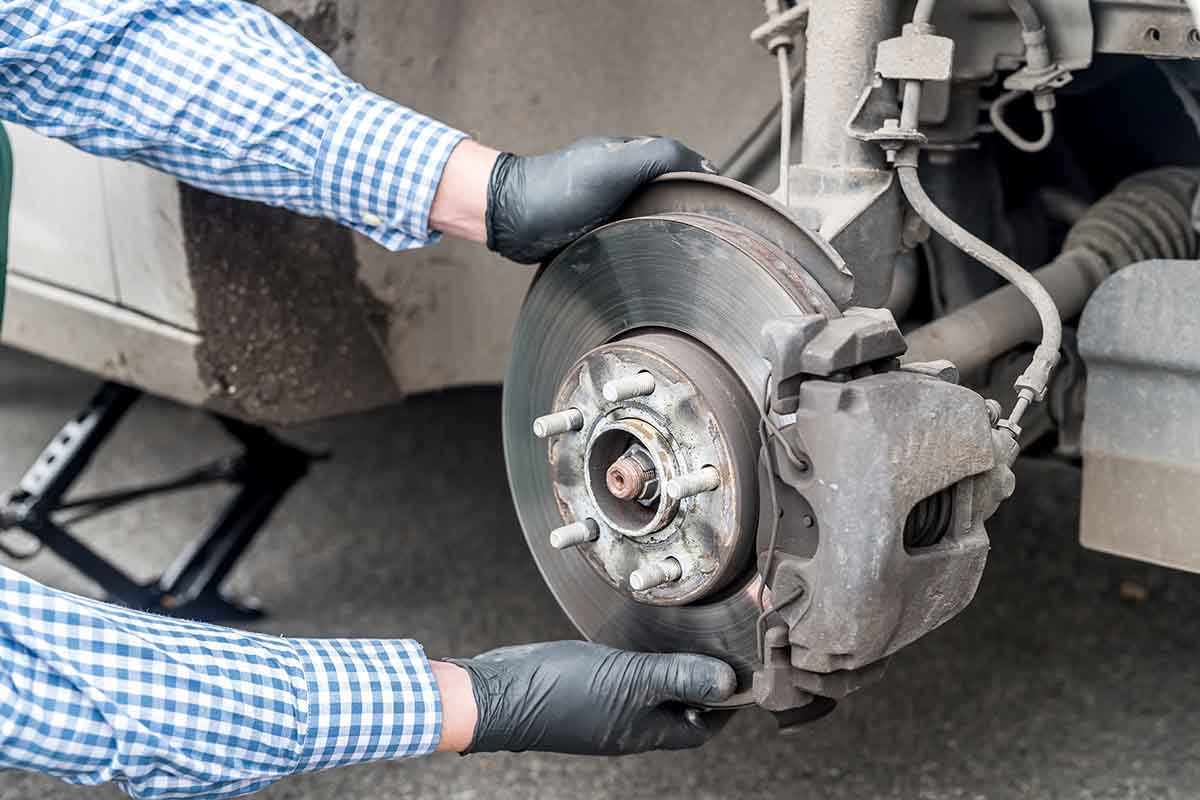
The braking system is perhaps the most essential safety apparatus in your car. Checking the functioning of your brakes is crucial. Pay close attention to the condition of your brake system. Some warning signs of a faulty brake are squeaking, grinding, unsteady steering wheel, and a certain sponginess of the pedals. If you catch any of these symptoms, take your car to the mechanic. Opt for a thorough inspection of the brake accessories like brake pads, hoses, rotors, etc. Select an automobile company that will customize any accessories should they require replacement.
Make Sure Your Emergency Kit Has Fresh Supplies
Emergencies catch us all off-guard. Prepare for any unexpected contingencies with new supplies in your emergency kit. It should include a first-aid kit, flares, jumper cables, blankets, flashlights, over-the-counter medication, and water. Restock all the items if you’re short of them.
Check Up On Your Car Battery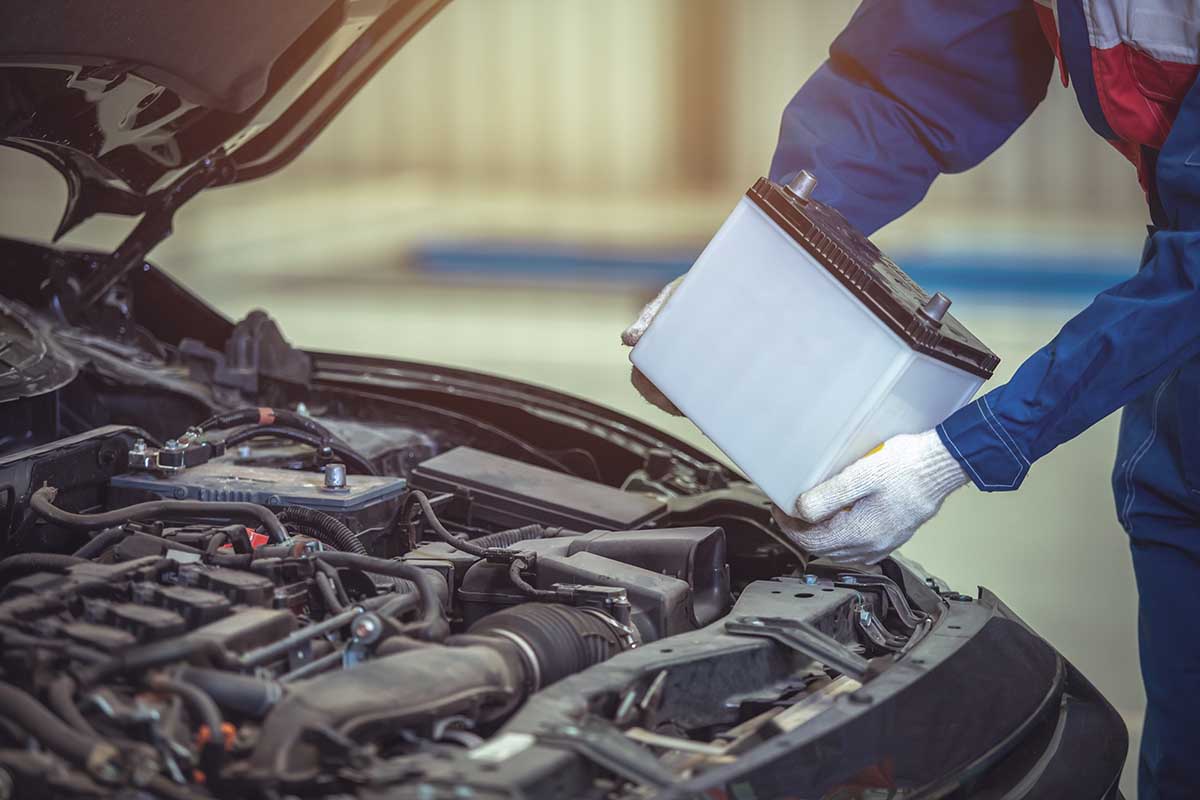
Do not forget to check the expiration date of your car’s battery. If it’s a while, inspect the battery to see if can work well. Go for a replacement if it is over three years old. Also, make sure that the electrical charging system of the battery is operational. Overcharging and undercharging can devastate battery life.
Sometimes, a sluggish starter sound indicates a deteriorating or dying battery. Usually, you can just brush away the white chalky deposits and proceed with driving. To make sure it’s only corrosion, visit the auto mechanic.
Change The Car’s Air Filters And Check HVAC
The outside is full of dust, small insects, and debris. Air filters within the car prevent dust from entering the car through the vents and maintain inner air quality. Over time, these filters collect a good amount of dust and get clogged.
Clogged filters may decrease engine performance, increase fuel consumption, and deteriorate interior air quality. Aim to replace these filters every twelve thousand miles or so. Companies specialized in this will have replacements to best suit the specific requirements of your car.
The heating, ventilating, and air conditioning (HVAC) will function efficiently with clean filters.
Wash Your Car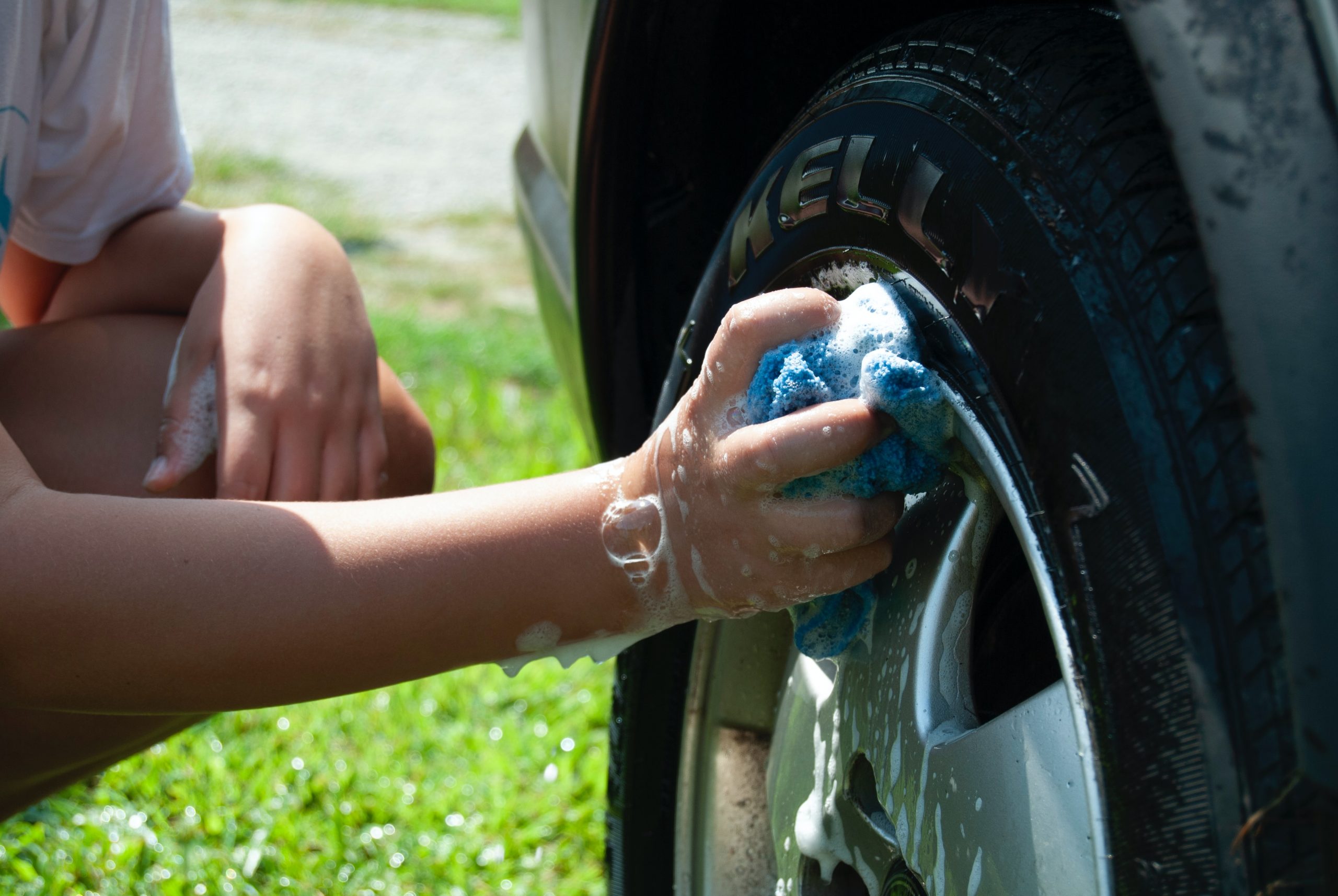
You can clean up your wind washers and lights while giving your car a thorough wash before leaving for your trip. It’s good to have clean windows and windshield, especially if you’re driving after dark. Cleaning out the insides of your cars, too. From mirrors to the mats, handles to the armrest, give all its surfaces a once-over to eliminate any debris.
Keep All Required Documents and Insurance Papers
It’s necessary to keep all required papers to avoid getting into hot water over any legal documentation. By law, every car owner must possess the following documents:
- Unexpired Driver’s License
- Vehicle Registration Certificate
- Pollution Under Control (PUC) certificate
- Car Insurance Papers
Take Your Car For A Test Drive
You may find this step a little silly, especially if you drive your car every day. However, you’re more likely to pay attention to funny sounds and the feel of the car when you deliberately test it out. Also, fill up your tank for the long road ahead.
Going on a roadtrip: conclusion
The safest precautionary measure is to service your car before you leave and after the journey. You may find that some parts of your car require special replacement or servicing. Consult with specialized companies to keep your car in mint condition and extend its life.








